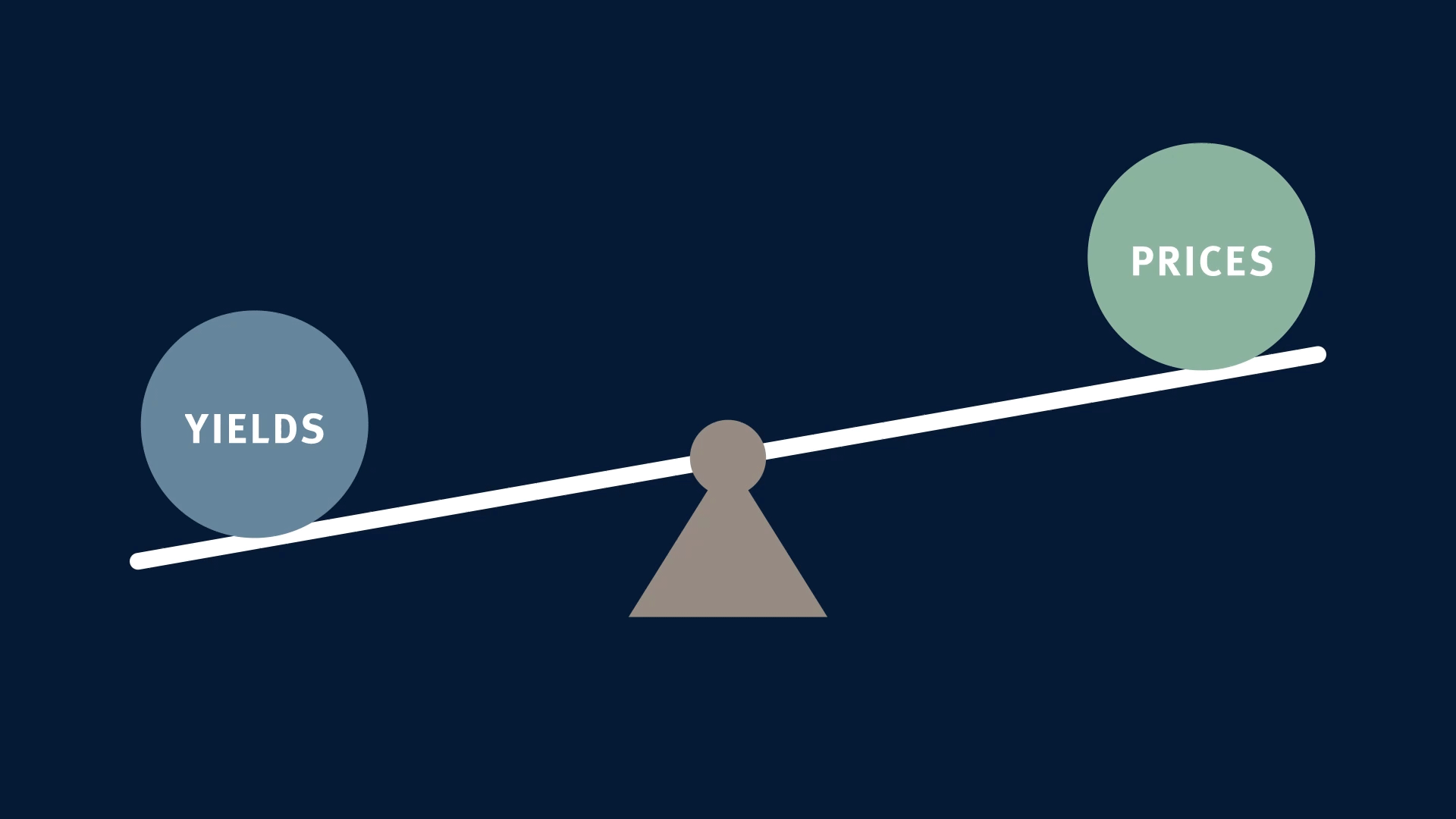Bonds are one of the cornerstones of the investment universe. They can offer stability and reliable income during volatile markets. Understanding bonds, how they work, their risks, and how they fit into a diversified portfolio is critical for both experienced and inexperienced investors alike.
A bond is an IOU issued by a company, government, or local municipality. Bonds are issued at a face or par value. This is the money a bondholder will get back once a bond matures. For most bonds, this value is typically $1,000 per bond. Bonds typically pay interest, which is referred to as the coupon rate, and most bonds pay interest semi-annually.
For example, a 5% bond will pay $50 per year on a face value of $1,000. This would be paid in two payments of $25 every six months. Maturity date is the date which the bond comes due, and the bond issuer pays the bond holder the face value of the bond. Maturity dates can range from short term (a few months) to long term (up to 30 years or more).
Let’s look at an example of investing in a bond. Chevron issues a five-year bond with a face value of $1,000 that pays a coupon of 5%. Examples of Buying Bonds include:
- At Par: Purchasing a bond at its face value. You buy a $1,000 bond with a 5% coupon rate. You pay $1,000 for the bond and receive $50 in interest each year until maturity.
- At a Discount: Purchasing a bond for less than its face value. You buy a $1,000 bond for $950 with a 5% coupon rate. Although you pay $950, you will still receive $50 in annual interest and $1,000 when the bond matures, resulting in a higher overall return.
- At a Premium: Purchasing a bond for more than its face value. You buy a $1,000 bond for $1,050 with a 5% coupon rate. You will receive $50 in annual interest, but you will pay a premium upfront. The effective yield will be lower than the coupon rate due to the higher purchase price.
Though bonds are considered safer investments than stocks, there are still risks. Interest-rate risk is the inverse relationship between bond prices and interest rates. When interest rates rise, bond prices typically fall and vice versa (Figure 1). Credit risk is the risk that the bond issuer will fail to make its payments. The higher the credit risk, typically the bond holder is compensated with higher coupon payments. Inflation risk is the risk of inflation eroding the purchasing power of interest and face value of the bond. Liquidity risk is the risk that some bonds may be difficult to sell, resulting in accepting a lower price.

Figure 1. Bond yield/price relationship
Bonds play a crucial role in asset allocation (the mix of stocks and bonds within a portfolio). Bonds can function as a shock absorber in adverse market conditions. During periods of stock market decline, bonds often maintain their value better than stocks. By including bonds in your investment mix, you can manage risk and aim for the right balance between volatility and potential profit. The right mix will depend on your goals, time horizon, and cash flow needs.
Ultimately, including bonds in your portfolio can help diversify your investments, potentially leading to smoother returns compared to investing solely in stocks. If you would like more information, simply reach out to discuss. We love hearing from our clients!
Advisory services offered through TPG Financial Advisors, LLC, an SEC-Registered Investment Advisor and a wholly owned subsidiary of The Partners Group, LLC.
CONTACT THE WEALTH MANAGEMENT TEAM
"*" indicates required fields


